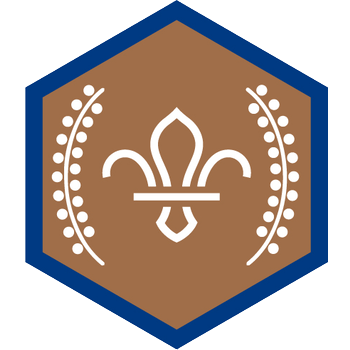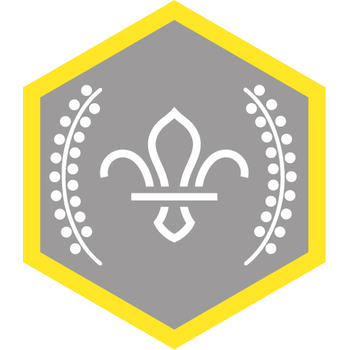
Perform to inform
You’ll need
- A4 paper
- Pens or pencils
- Device to show photos, videos, or slides
- Camera or phone
- Costumes and props
Before you begin
- This activity will take more than one session – people will need plenty of time to think of ideas and practice before it’s showtime.
- You’ll probably need to ‘Plan the details’ alongside ‘Practise makes perfect’. Don’t wait until after the dress rehearsal to start looking for a venue and inviting people!
To watch in full screen, double click the video
A message about homelessness
- Everyone should watch the poem ‘If Everybody Is In’ by Stefan (also known as Neanderthal Bard), Crisis’ Poet in Residence. You can find a video of the poem on this page.
- Everyone should chat about how the performance shared a message about homelessness. What did it tell people?
- Everyone should think about what they’ve learned about homelessness. What are some of the key messages they’d like to share? Someone could jot them down.
People could think about making people aware of the structural causes of homelessness, busting common myths (for example, that all people experiencing homelessness use drugs), sharing potential solutions, and reminding people of how important it is for ordinary people to inspire decision makers to take action.
Plan to perform
- Everyone should split into small groups.
People may want to talk about what kind of performance they’re interested in before they form groups – that way, everyone in each group will want to perform in the same kind of way.
- Each group should think about ideas. How could they create a performance that raises awareness of homelessness, and shows the impact people can have when they work together to create change?
For example, they could show how people working together solves an issue in their local community. They could also use something from history that seems bizarre now (for example, women not being able to vote) and relate it to how ridiculous it is that homelessness is still happening and getting worse even though we have the power to stop it.
- Each group should decide on the format of their idea. They could perform poetry, write a place, sing a song, rap, or dance, or anything else that they think will work well for them.
At this stage, it’s just about ideas. It doesn’t matter if some people don’t want to perform – everyone will figure out roles later.
- Everyone should come back together and share their ideas. They should decide whether they want to create one big performance together, or whether each team will go with their own idea. Some people may want to move to different groups or make new ones.
Practise makes perfect
- Each group should get creative and finalise their idea. For some people, this may involve writing a script, others may need to choreograph a dance, or sort out what each musician will play.
We’ve included some ‘Creative warm up ideas’ on this page, to help everyone get their brains into gear.
- Each group should work together to find a role for everyone. Will there be a host (or a few hosts)? Who’ll make sure each act is ready to go on at the right time? Will you record your performance? Who’ll greet the guests and ask them to fill out surveys?
Some people may be keen to be in the spotlight, while others may be more comfortable behind the scenes. They’re all equally important – the show won’t go on unless everyone works together.
- Once everyone’s decided what their performance will look like, they should get practising. When will they rehearse?
- Each group should think about any costumes, props, or equipment they need. They should try to use things they already have to save money (and the planet).
- Everyone should organise a date to have a full dress rehearsal where everything goes exactly as it will in the real performance – everyone should perform in the same order with any costumes, sound effects and lighting.
Plan the event
- Everyone should think about everything else they need to organise and plan to get the show up and running. First things first, they’ll need to find a venue and choose a date and time.
Use the ‘Event planning checklist’ to make sure you’ve thought of everything.
- Everyone should think about how they’ll invite people to their show. Will they advertise it publicly, or keep it invite-only and ask friends and family? They may want to consider inviting decision makers (such as MPs or councillors) so they can perform directly to the people who have influence over the policies and services that could end homelessness for good.
- Everyone should think about whether they want to collect donations or even sell tickets to raise money.
- Everyone should share their ideas and make one big list. Everyone should decide who’ll do what so they’re ready to perform.
Plan the details
- On the day of the show, everyone should get into their positions. Some people should be getting ready behind the scenes, while others should be ready to greet the audience and show them to their seats.
- Everyone should enjoy their chance to shine. It doesn’t matter if there’s a mistake (or two), everyone should just keep going.
- After the performance, someone should thank the people who were involved behind the scenes. The audience will probably have clapped for the people on stage, so it’s nice to acknowledge everyone else’s hard work too.
- Write non-stop for five minutes. Just put down whatever comes into your mind. No one else will read it, and there aren’t any rules about spelling or grammar.
- Choose an object in the room and describe it using sounds, or words about texture, or ‘purple’ words. Try lots of different object and ‘rules’ about the words you have to use.
- Take it in turns to say a sentence to build a story as a group.
- Doodle a random shape, then swap with a partner and turn their doodle into a work of art. Perhaps the squiggle looks just like an elephant’s ear and you want to draw its face and body in – or maybe it reminds you of a wave and you want to add a surfer (and a shark).

This activity helps contribute towards some of the UN's Sustainable Development Goals. Find out more about the SDGs, and how Scouts across the world are getting involved.
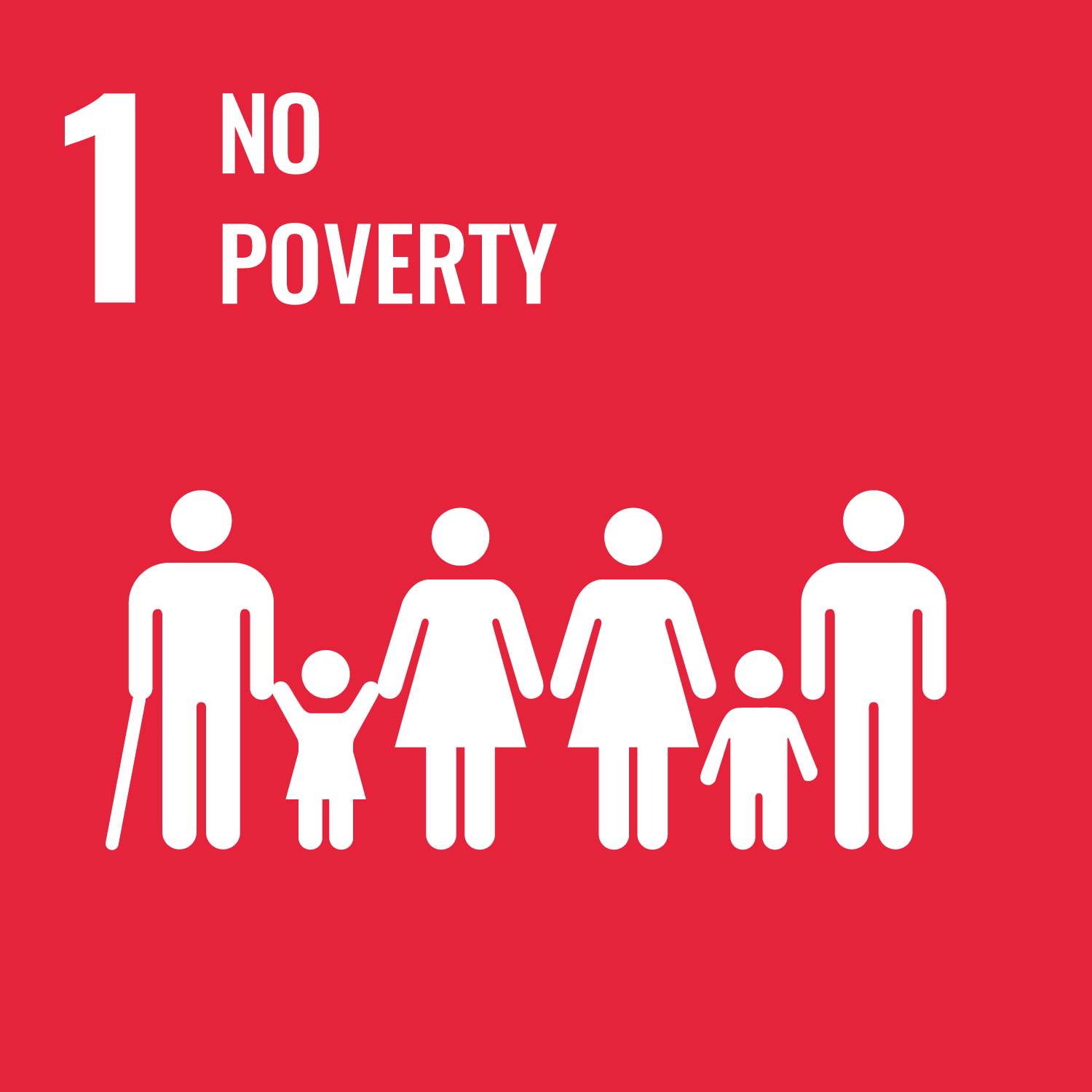
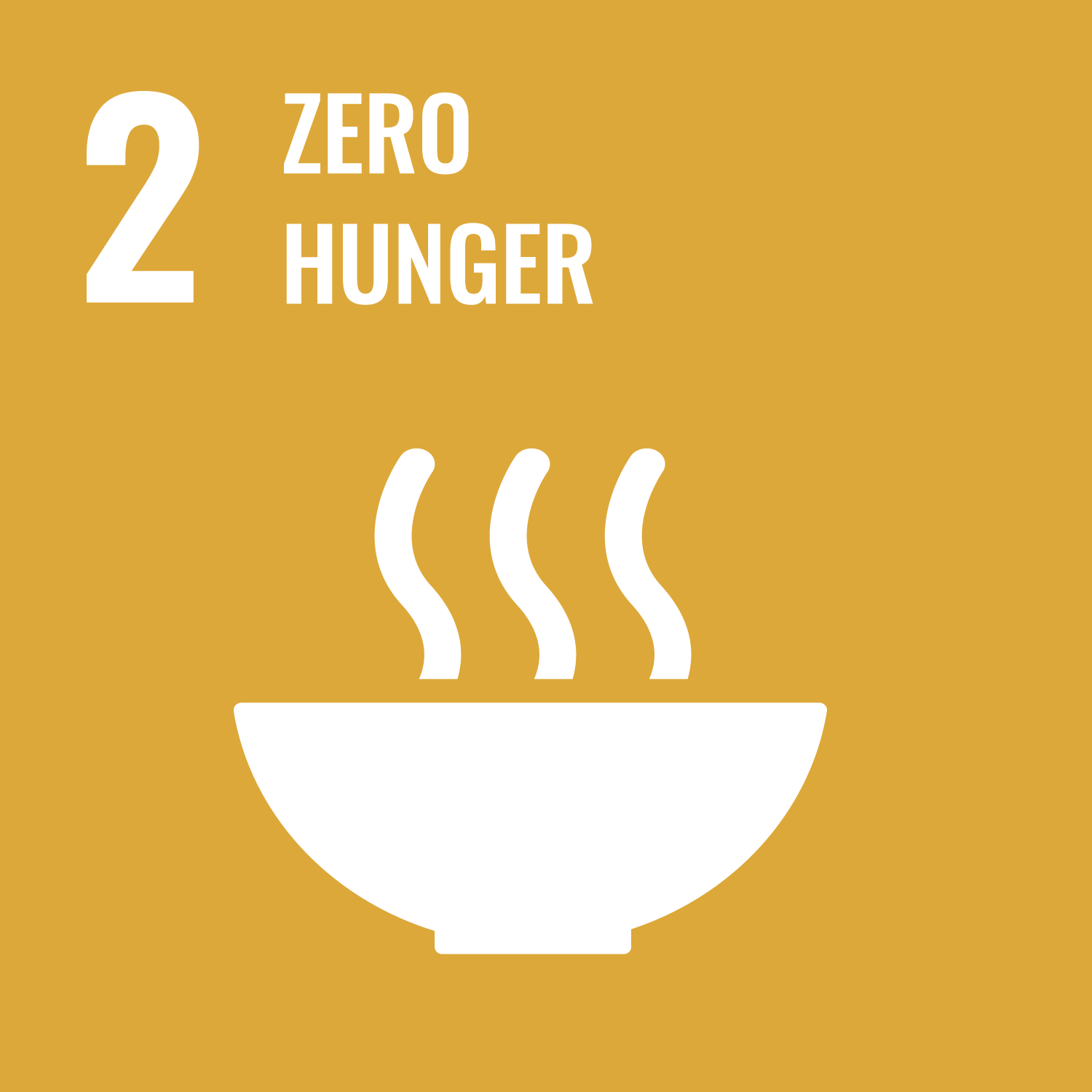
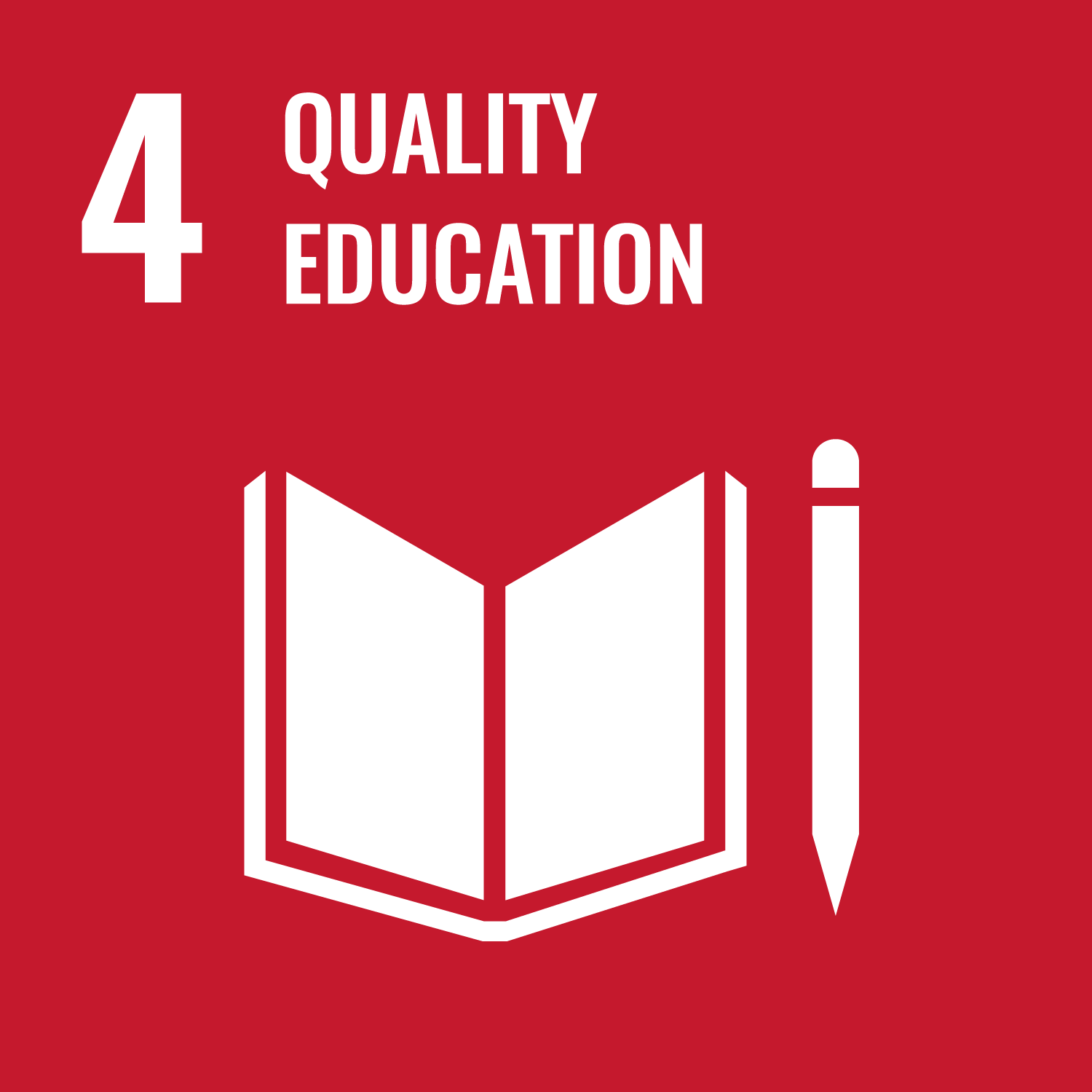


Reflection
This activity needed everyone to communicate. What messages did they communicate in their performance? Did their performance change people’s perceptions? Many people in the UK don’t believe that homelessness can be ended. Do people agree? Why is it important to share accurate information about the realities of homelessness, including structural causes, facts, and solutions? How else could people communicate these messages to others?
This activity also needed everyone to be a team player. Well done to everyone who worked hard to put on a fantastic performance. Was it easy to work together to put on a performance? What different roles did everyone take on? Did everyone get their first choice role, or did people have to compromise? What went well? What would people do differently next time?
Safety
All activities must be safely managed. You must complete a thorough risk assessment and take appropriate steps to reduce risk. Use the safety checklist to help you plan and risk assess your activity. Always get approval for the activity, and have suitable supervision and an InTouch process.
- Phones and cameras
Make sure parents and carers are aware and have given consent for photography.
- Online safety
Supervise young people when they’re online and give them advice about staying safe. Take a look at our online safety or bullying guidance. The NSPCC offers more advice and guidance, too. If you want to know more about specific social networks and games, Childnet has information and safety tips for apps. You can also report anything that’s worried you online to the Child Exploitation and Online Protection Command. As always, if you’ve got concerns about a young person’s welfare, including their online experiences, follow the Yellow Card to make a report.
If there’s a local Gang Show, why not see if they’ve got space for some of your performance in their show?
This activity may be difficult for people who’ve experienced homelessness (or know people that have). Speak to them (and their parent or carer) beforehand, so you can create a plan for how to make it manageable.
Make sure your venue’s accessible for everyone (and make access information widely available). Think about what else you could do to make it accessible, for example, could you offer people a transcript if you don’t have the technology for subtitles?
All Scout activities should be inclusive and accessible.
Why not invite local journalists to your performance and see if they’ll cover the event?
If you’re able to record your performance, you’ll have something to share with other groups and decision makers.
If people write poems to perform, they could send them to MPs or local celebrities and ask them to film themselves reading it and post the video on Twitter.
You could turn your performance into a book or programme and sell it to raise money to help end homelessness. You could include poetry, short stories, and scripts.

